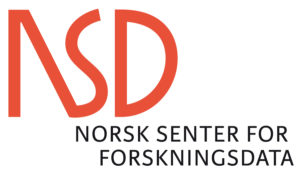Abstract:
Dyslexia has become one of the most commonly diagnosed specific learning disorders, which - despite a significant amount of research and publications - still raises many controversies and questions in the scientific and practitioner communities. Since the first descriptions of this phenomenon by researchers such as Rudolf Berlin and Adolph Kussmaul, who used the term 'word blindness', the understanding of dyslexia has undergone significant transformations. It is now seen as a complex disorder, encompassing a variety of difficulties in reading, writing and other cognitive functions that can persist throughout life (Bogdanowicz, Łockiewicz, 2016, p.13-14). In the context of dyslexia terminology, it is worth noting that the terms 'dyslexia' and 'specific learning difficulties' are often used interchangeably.
International studies show that dyslexia is a disorder of a widespread nature, the prevalence of which varies according to language and educational system. According to systematic reviews, between 5% and 10% of the population globally experience dyslexia (Snowling, Hulme, 2012, p. 6-9). In English-speaking countries, this percentage is around 7-10%, while in languages with a clearer phoneme-graphic system, such as Finnish or Italian, it is slightly lower (Elliot, Grigorenko, 2014, p. 36-42).





